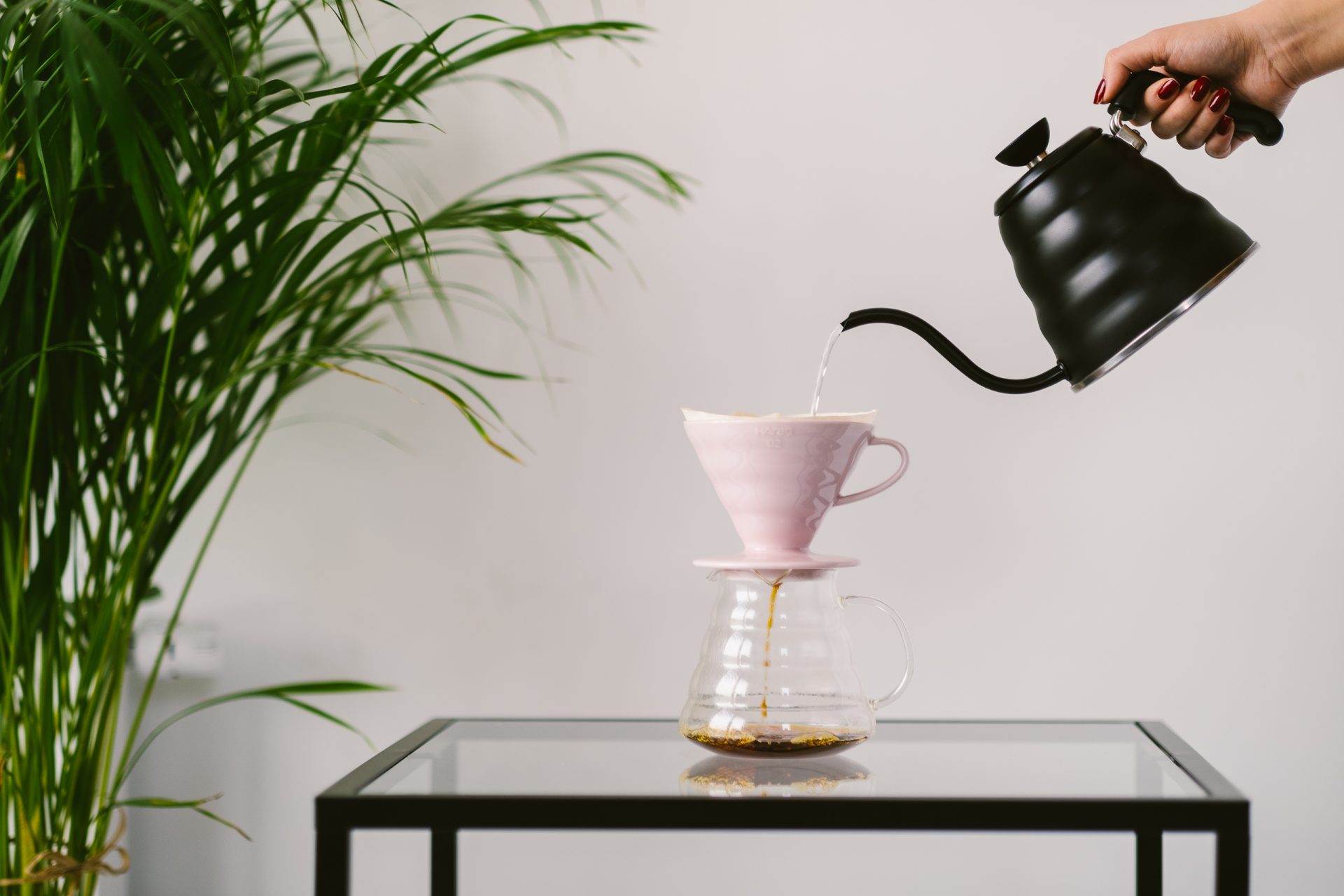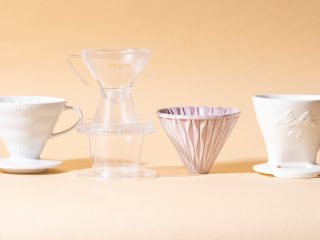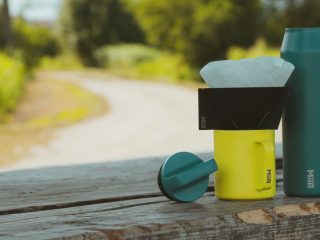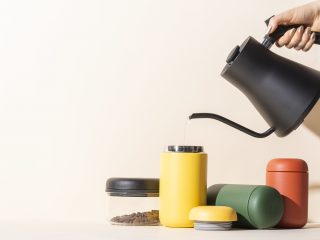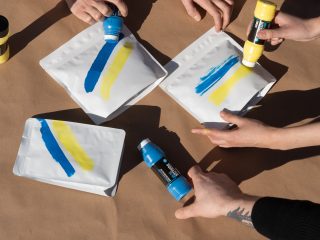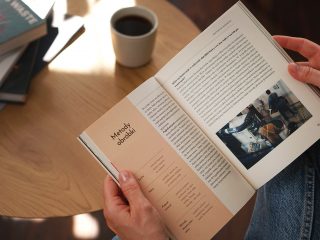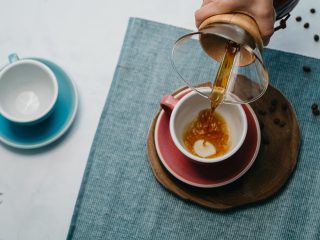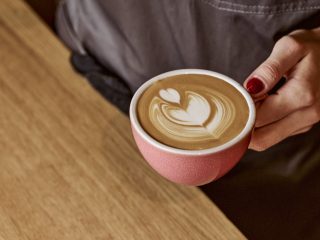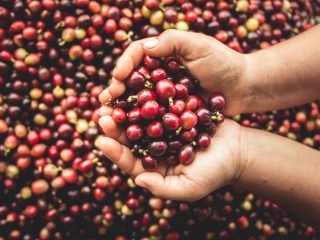Did someone just say you DON’T need a coffee machine to make great coffee? Someone pinch us.
In all seriousness
Making coffee without a coffee machine is not a myth. You really do not have to buy that fancy machine for two… three… four… six thousands and an equally expensive grinder to enjoy a really good, fresh and rich coffee. This article is a quick overview of the most popular alternative coffee brewing methods and their short descriptions.
The first thing to pop into your mind is most likely “what the heck are alternative coffee brewing methods?”. Let us explain – it’s those brewing methods that stand as an alternative for traditional coffee machines and espresso.
Though most of them have been around longer than the typical espresso machine, their popularity has been growing steadily through last couple of decades and thus the “alternatives” name came to be. Generally these methods use the effect of pouring water through coffee particles and hence are often related to as “pour-over” methods. If you combine them with good beans, you can easily get spectacular effects.
Moka pot
Since you can use the same beans that are typically meant for espresso, moka pot can easily replace those big and expensive espresso machines. Especially that it produces a rich and essential infusion.
This is something that will please the fans of strong, flavorful coffees that stick to your tongue just like real espresso does. Costs? Not more than 40-50 EUR, like Bialetti Dama or GAT Fashion. Make sure it is compatible with induction though if that is the type of stove you have at home and choose the right size for your needs!
Price range: 20-50 EUR
Recommended model: Bialetti Venus, Bialetti Fiammetta
Best for: those who love a small but strong cup similar to traditional espresso
Aeropress
A plastic friend for the whole family, given that it is used by one person at a time.
Aeropress, though a rather recent invention (released in 2005), has quickly won the hearts of both bearded hipsters and staid heads of families. Aeropress’ main advantage is its versatility. It can be used to brew both espresso and typical pour-over coffees. It also allows you to play with both coarseness of coffee and infusion time. It’s pure magic – delicious and frugal – all that under 40 EUR!
Aeropress has one other advantage – you can take it everywhere. It’s made of durable plastic, has a rather compact size and is easy to clean. All that makes it the perfect travel companion, one that would be hard to replace.
The only drawback here is its capacity – due to the compact size you can only brew 200ml at once.
How does it work? Well, exactly like a syringe. Aeropress is basically a larger piston to which you add coffee, pour in water, close it with a sifter equipped with a paper filter and press it straight to your mug.
Once you get some very tasty results you can try your luck at the Aeropress Championships – who knows, maybe you are the next champion!
Price range: 30-40 EUR
Recommended model: Aeropress
Best for: all those who want classic, yet flavorful coffee and those who are open to experiments.
Drip, dripper, V60…
So many names for one simple device. Drippers are produced all around the world by various companies. Essentially, drippers are a type of funnel to which you put a v-shaped paper filter.
It’s the most cult, most popular alternative brewing device.
You can certainly identify this brewing method with the whole third wave coffee revolution, a phenomenon that can be observed for a couple of years now – the focus on coffee quality, light roasting, speciality… V-60 Dripper was one of those accessories that got adapted to the new coffee reality rather quickly (as it is hardly a new invention – surely most of you have seen a similar thing in one of the bigger chain supermarkets).
What is the most important thing about dripper coffee? If you use the right coffee, so called singles (meaning all the beans come from one region or even one farm only), you will get a very clean, light and flavorful infusion. The flavors can vary depending on which region you choose – from sweet, chocolate and nutty notes (Brasil) to more fruity and acidic ones (most African coffees). And yes, you’ve read that right – it’s coffee itself that can taste with sweet red fruits or have a herby or citrus aftertaste – no additional flavoring needed! Good coffee already contains all those flavors and they come from the earth the beans grew on, the air they breath, the sun and proper treatment.
V-60 dripper will highlight all these nuances very well. All it takes is properly ground coffee (resembling coarse sand), scale, timer, filtered hot water (not boiling!) and a paper filter. Using the 60g of coffee to 1 liter of water ratio will get you a medium-bodied coffee with a pleasant, sweet aroma, very clean taste, its color resembling that of a strong black tea. The flavor itself will be much more delicate than it would be from Moka Pot or Aeropress.
Price? Depends mostly on the type of dripper you choose. The most popular ones are made by Hario, Japanese brewing accessories manufacturer. You can find plastic ones for just a couple of euros, ceramic ones for 20 EUR or metal/glass ones. The only difference between them will be the material they are made from – both construction, design and filters remain the same. The choice is yours here. If you wish for something more extravagant, try AltoAir or Chomka ones. All drippers will be compatible with the same filters.
Price range: 6-50 EUR
Recommended model: Hario V-60-02 ceramic dripper
Best for: those discovering the richness of high-quality coffees, seeking pure taste and pleasant nuances.
Chemex
We have a separate entry for Chemex where you can read all about its fascinating history. This iconic method is recognizable all over the world, and not just among alternative brewing fans.
What is so special about this glass vase? A timeless design, integrating both the brewing device and a decanter for coffee in one and the unique, delicate taste of coffee it delivers.
The delicate flavor comes from original and unique filters used for this brewing method. Specifically designed for Chemex only, they have very specific permeability, resulting in a very pure, delicate and light infusion. Don’t let it fool you though – despite being delicate its rich in caffeine!
How does Chemex work though? Essentially it works in the same way a dripper does. You put a paper filter to the upper part, moisten it with hot water to ensure it sticks to the walls, put coarsely ground coffee and pour over it with hot water. A steady water stream, circular motions. How much water exactly? Same as with a dripper – 60g per 1l. Scale will come in handy, same as a timer – the optimum brewing time is 4 minutes.
Is it still an alternative to an expensive machine though? Yes and no. It is one of the more expensive alternatives, but still cheaper then a coffee machine. Depending on its size, Chemex will cost you something between 50-70 EUR. Add filters (100 pcs) for about 15 EUR and you have a set. Remember though that this is essentially a 2in1 device – serving as both brewing equipment and a carafe.
Price range: 50-70 EUR
Recommended model: Chemex 6 cups
Best for: those who appreciate good, timeless design and light, sophisticated coffee.
Alternatives, alternatives…
There is plenty more alternatives to typical espresso. Look towards classic French Press, or fancy variations of drippers such as Wilfa Svart. The world of good coffee is constantly evolving, bringing new equipment and solutions on a daily basis. It really is worth observing what it has to offer and be open to what’s new.

